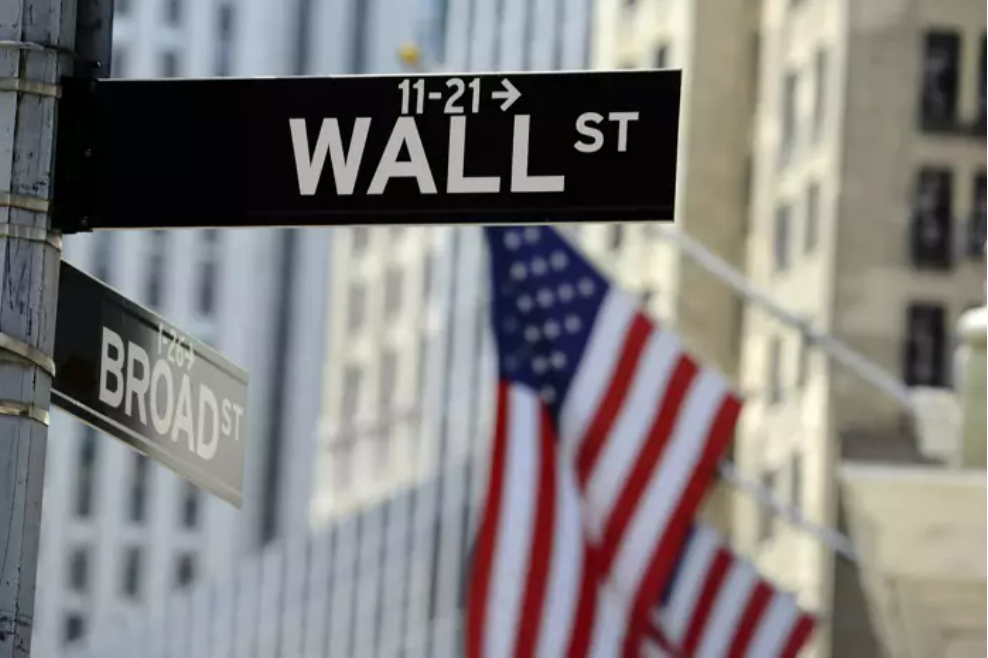
Cory Russell
Aug 01, 2022 15:50
Major US indexes experienced strong gains on earnings optimism despite data released on Friday by the US indicating high inflationary pressures in June and elevated wage growth in Q2. These data led to a small rebuilding of Fed tightening bets. Bulls seeking a test of early-June highs in the upper-4,100s drove the S&P 500 up 1.4 percent to 4,130. The Nasdaq increased by 1.8 percent to reach its highest point since May and almost retested the 13,000 mark.
The S&P 500 had its greatest monthly performance since November 2020 with a gain of 9.1 percent. Meanwhile, the Nasdaq 100 index saw its biggest monthly return since April 2020, rising almost 12 percent in July.
After the business provided a positive outlook, Apple's stock price increased by more than 3.0% above its 200-Day Moving Average and reached its highest level since early May. The world's biggest firm by market capitalization said supply chain hiccups are subsiding and that demand for its iPhones is still high.
Meanwhile, after the e-commerce giant predicted robust Q3 sales despite increasing Prime membership fees, neighboring US internet giant Amazon saw its share price rise over 10% and to its highest level since April. The previous two weeks have seen US equities markets benefit significantly from Q2 earnings. 77.8% of the 279 S&P 500 firms who have released earnings results so far, according to Reuters, have surpassed analyst estimates.
The fact that Fed Chair Jerome Powell was less pessimistic during the Fed policy announcement on Wednesday, as well as data released on Thursday showing that the US was already in a technical recession in the first quarter of 2022, were major positives for stocks this week. Investors interpreted these factors as signs that the Fed would be less likely to raise interest rates in the coming quarters.
Markets Rebuild Slightly A flood of US data dropped on Fed Bets Friday. The closely watched US Employment Cost Index increased 1.3 percent QoQ in Q2, indicating that despite the economy's contraction, the labor market remained strong. The PCE price index, the Fed's favored inflation indicator, increased at its fastest YoY rate since 1982 in June, along with a 1.0 percent MoM jump that was the largest since 2005.
Personal Income and Spending both had somewhat stronger MoM growth in June than anticipated, supporting some hope that the US economy could be able to avoid contracting in Q3. After the big data dump, the money market indicated likelihood of another 75 bps rate rise from the Fed increased somewhat to just under 40% from closer to 30% before.
However, the stock markets seemed to be far more interested in optimistic earnings. Health Care (-0.4%) and Consumer Staples (-0.7%) were the only two of the eleven sectors in the S&P 500 GICS sector performance breakdown to show a loss. With increased oil prices and after Chevron and Exxon Mobil announced record quarterly profits, energy was the best-performing sector, up 4.5 percent. The second greatest performance, Consumer Discretionary, increased by 4.2 percent.

Jul 29, 2022 15:28

Aug 01, 2022 15:59